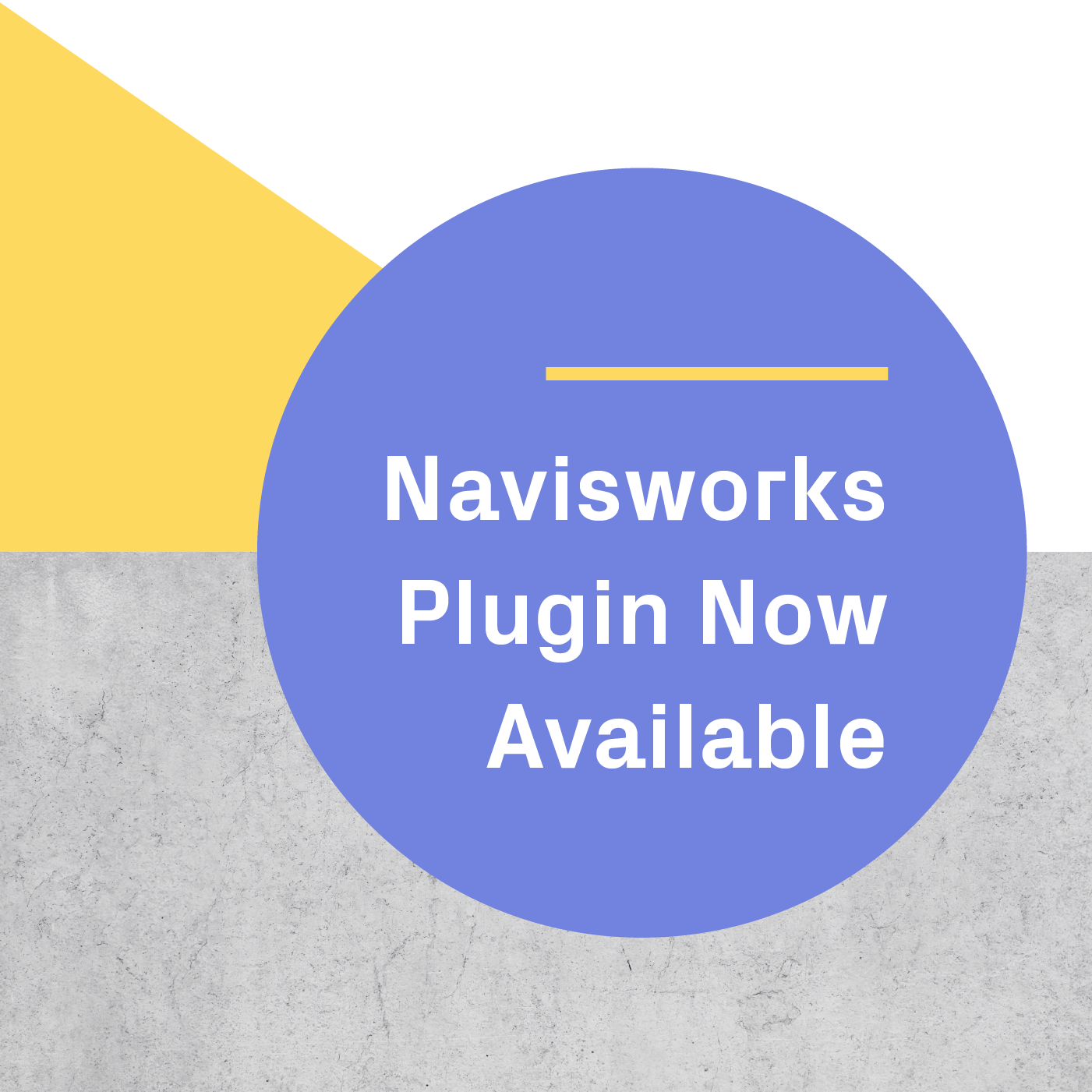This post is the third of four on how quality assurance and quality review processes can be augmented with virtual reality and immersive review.
In order to practice immersive review with virtual reality, you’ll first need to meet a couple of hardware, software, organizational and space requirements.
Hardware
For hardware, you’ll need a powerful graphics card at a recommended minimum, a GTX 980. You’ll also need either an Oculus Rift CV1 or an HTC Vive. The community is always curious to know which one is better and it actually comes down to how you see your organization using VR. The Rift is built for sit-down experiences while the strength of the HTC Vive is its ability for room-scale virtual reality. We've provided a checklist here that will help you understand what you need in more detail.
Space
As it was mentioned before, one of the HTC Vive's biggest strengths is that it is designed for room-scale experiences. We've seen many firms now that are designing specific rooms for immersive review with the HTC Vive and Prospect. The typical process involves deciding on a conference room or available room in which to setup the Vive with its lighthouse trackers firmly installed into the walls. The Vive is usually connected to both the desktop and a large tv, monitor or projector in order to be able to display a live feed during a meeting.
Software
IrisVR Prospect is easy to use with little to no training allowing everyone at a firm to use VR. Prospect fully integrates with already existing workflows using 3D modeling software such as Revit, Rhino, Grasshopper, SketchUp and OBJ files. From a QA / QC standpoint, this ensures that stakeholders will integrate Immersive Review since it doesn’t require additional roadblocks to adoption including extensive training in game engines, complicated user interface, or long turnaround times.
Organization
A growing number of firms integrate virtual reality as an extension of pre-existing QA / QC, IT, or a visualization teams. In order to ensure adherence to new QA / QC processes it’s important that a specific person or team oversees its rollout to ensure adherence to previously agreed upon guidelines and goals. Based on our user feedback this person or group generally has the following characteristics in common:
- They have a clear understanding of your firm’s particular design process
- They have identified specific problems they’d like to solve using Immersive Review (eg. reducing change orders, shortening the client approval process, get better and more specific client feedback, reduce mockup costs, engage public audiences etc.)
- They meet with the architects and designers who will implement Immersive Review into their project workflow to identify where Immersive Review can be implemented. Typically, Immersive Review is implemented on one or two project teams to be tested and then rolled out to the remaining teams.
A Guide to QA and QC with Virtual Reality
1. Quality Assurance and Control with Virtual Reality
2. Immersive Design and Immersive Review
3. Getting Started with Virtual Reality and Immersive Review
4. Implementing Immersive Review into your process
.png?width=212&name=Prospect%20by%20IrisVR%20Black%20(1).png)
